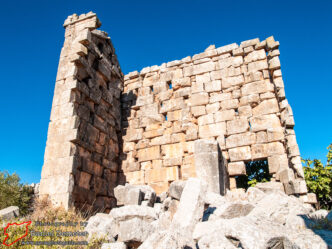
Qatura قاطورة
The small village of Qatura (قاطورة), on the northern side of Jebel Sheikh Barakat (جبل الشيخ بركات), has an interesting collection of …

The small village of Qatura (قاطورة), on the northern side of Jebel Sheikh Barakat (جبل الشيخ بركات), has an interesting collection of …
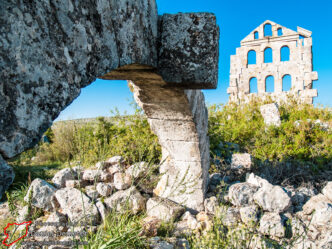
Just a short hike up a hillside opposite Qalaat Samaan (قلعة سمعان) is the small Byzantine site of Taqla (تقلا). This settlement …
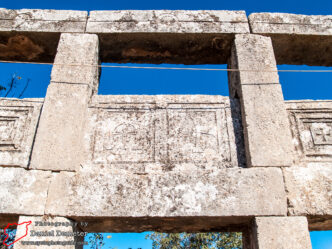
Zarzita (زرزيتا) is a small village with scattered Byzantine-era remains to the southwest of Jebel Samaan (جبل سمعان). The village seems to …
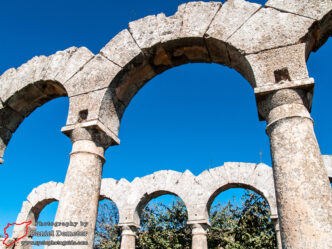
Burj Heidar (برج حيدر) is a Kurdish village to the east of Qalaat Samaan (قلعة سمعان). The site was settled at least …
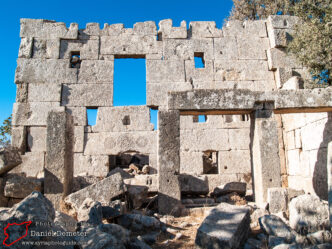
The tiny village of Kafr Nabo (كفر نابو) has several Byzantine-era remains and is worth a stop if visiting the nearby sites …